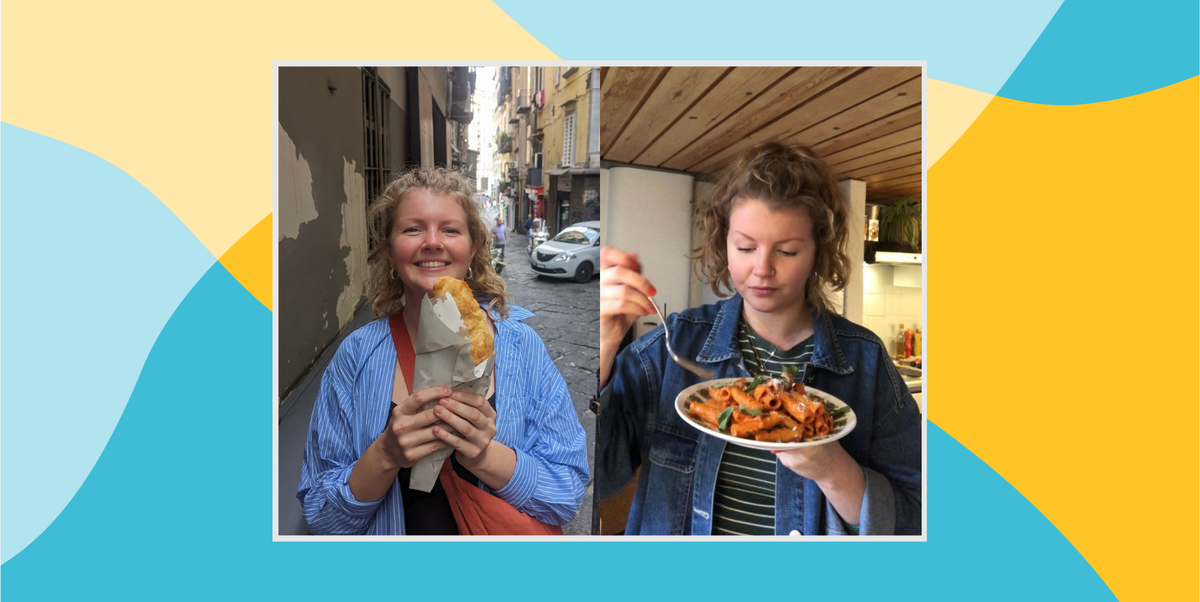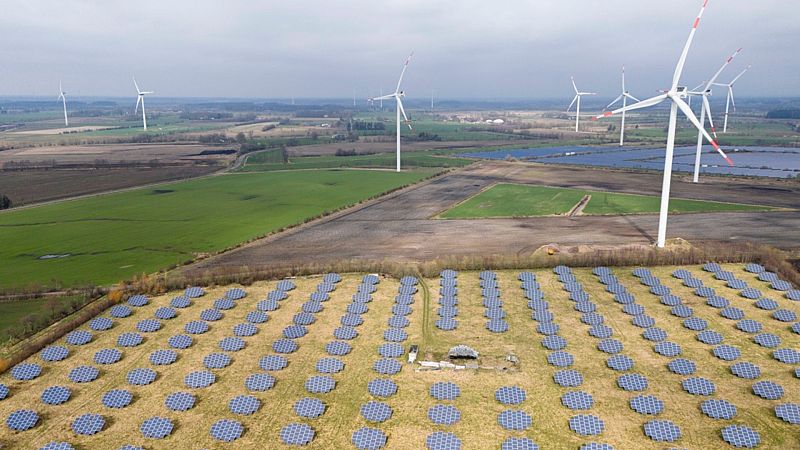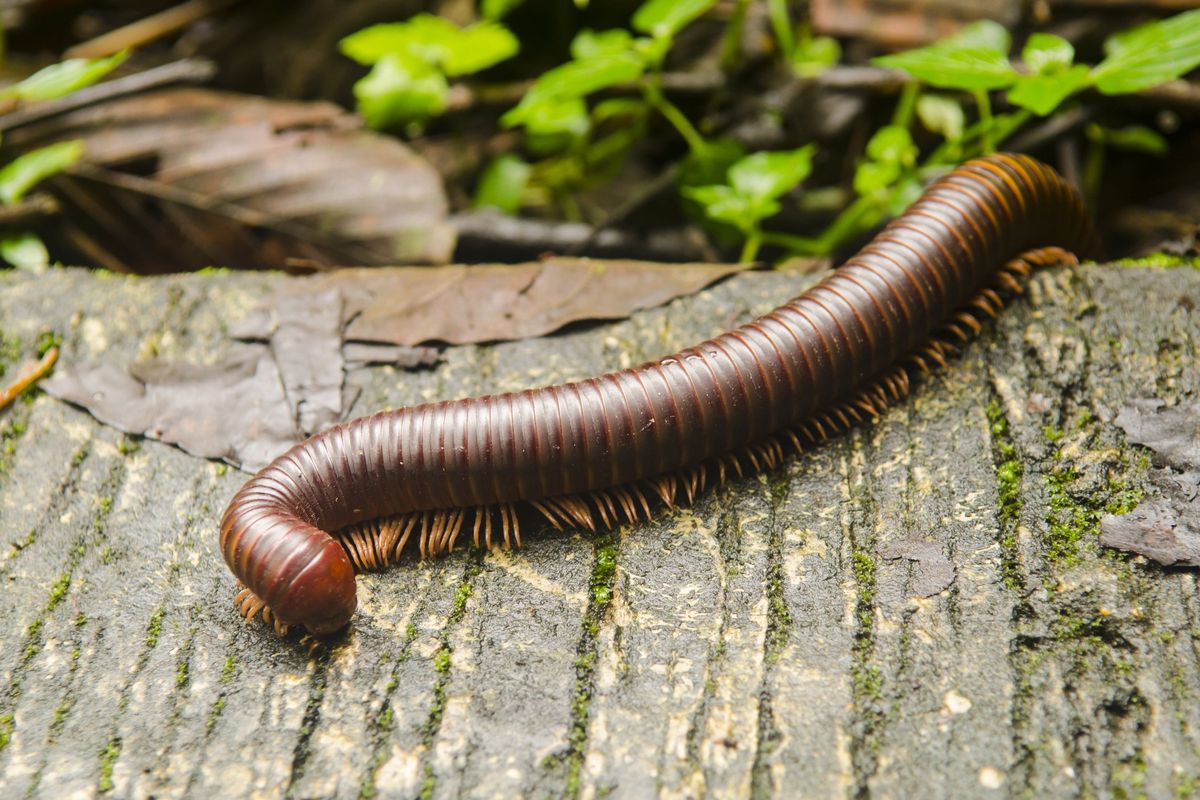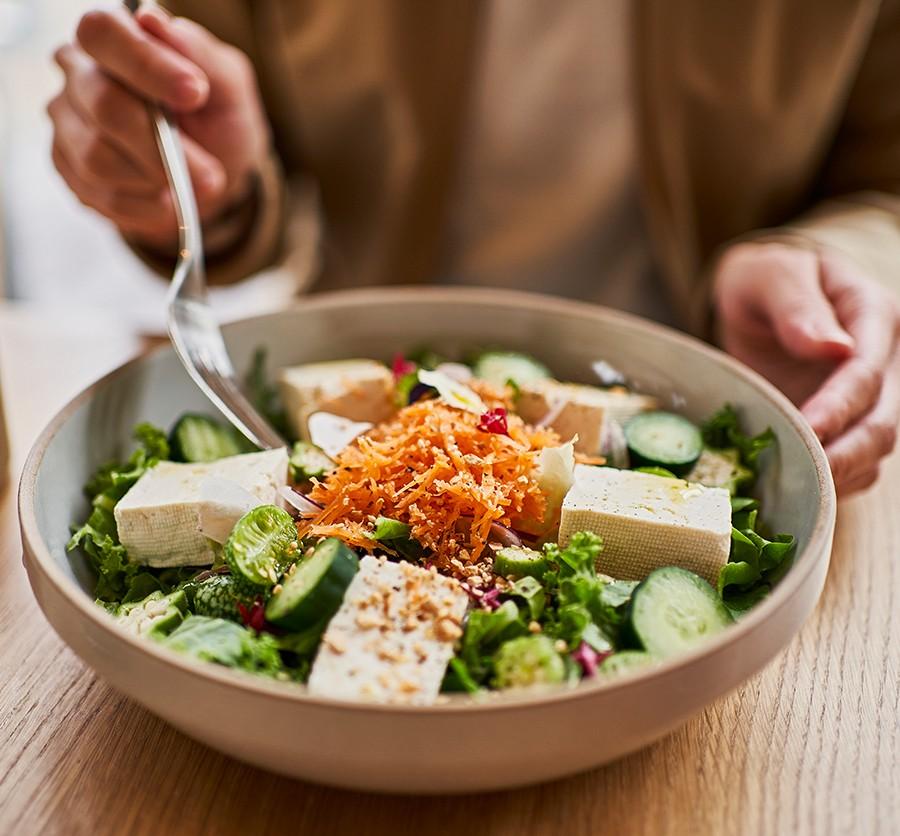
20 low-calorie, high-protein foods
By
Low-calorie foods that are high in protein are ideal for achieving weight management and reducing hunger throughout the day. Discover 20 healthy options, including some delicious recipe ideas
Low-calorie foods that are rich in protein are perfect for keeping an eye on your weight, allowing you to cut down on the overall number of calories you consume and feel satisfied throughout the day.
A key macronutrient – plays a vital role in this calculation, as it helps to look after and fix body tissues, control how your body uses energy, and enables you to feel full for longer, which helps prevent unnecessary snacking and aids in losing weight.
Stay on top of the latest developments.

A dietary analysis has found that taking on an optimal intake of protein appears to have several benefits for general health.
Discover 20 foods with naturally low calorie counts and high protein content, along with some recipe ideas...
diet hub.
1. Cottage cheese
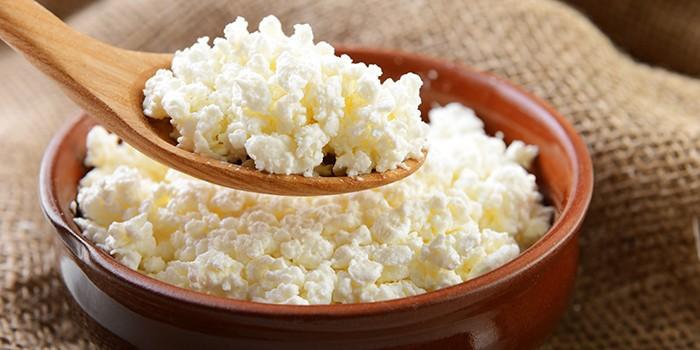
This product is made from pasteurised curds extracted from cow's milk. It's flavour is mild and versatile, which makes it suitable for a variety of dishes. Cottage cheese is a rich source of protein, making it a popular choice among athletes for snacks or cooking. Furthermore, it is a nutrient-rich ingredient that contains calcium, B vitamins, phosphorus, and selenium. If counting calories, a low-fat option is suggested. It can be consumed on its own with salad and biscuits, used in baking or blended into smoothies to boost protein intake.
.
It can help you feel fuller for longer. Look for low-fat or non-fat options if you're keeping an eye on calories, as the full-fat version can aid satiety and reduce the likelihood of snack-taking between meals. Enjoy it with your favourite fresh or stewed fruit for a low-calorie, high-protein breakfast or dessert, or add a dollop to stews and soups for a professional touch.
made with Greek yogurt.
3. Beans
Black beans, kidney beans, cannellini beans, and baked beans are extremely high in protein. They're an excellent plant-based protein option for anyone who follows a dairy-free or vegan diet. Beans are also very rich in fibre, which helps to aid digestion and promote healthy gut function. A really versatile ingredient to keep stored away in your pantry, beans can be used in stews, curries, and salads.
Tuna, asparagus, and white bean salad
4. Chicken breast
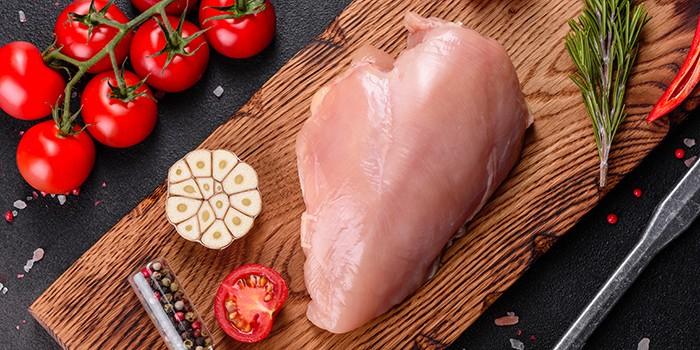
Opt for boneless, pale meat from chicken to achieve the lowest calorie option. Techniques such as grilling, baking and air frying will also assist in maintaining low calorie levels in this low-fat protein. Consume in salads, curries and stews.
healthy BBQ chicken.
5. Turkey breast
Turkey is another highly nutritious source of lean protein. Much like chicken, select the skinless, white meat and cook using one of the healthier cooking methods to yield the lowest calorie count. Consume in a variety of dishes, including salads, sandwiches, stews, soups and pasta dishes.
Note: There is no original text provided. If you could provide the text to be paraphrased, I would be happy to assist.
6. White fish
Fish such as haddock and cod, which are typically white in colour, usually contain fewer calories than varieties like salmon that are rich in oil, making them suitable options if you're keeping track of your calorie intake. Oily fish like salmon, mackerel, and trout, on the other hand, have more beneficial fats such as omega-3 oils and can still be part of a nutritious diet.
For low-calorie, high-protein white fish meals.
7. Tinned tuna
Very popular in salads, sandwiches and pasta dishes, tinned tuna is ever-versatile and a useful lean protein to have in your store cupboard. Choose tuna in water rather than in oil for the healthier, lower-calorie option.
Tuna and sweetcorn fishcakes.
8. Lentils

From puy and red split to green, brown and yellow varieties, lentils are a rich source of nutrients, packed with protein, fibre and numerous minerals. They are great for adding bulk to salads and accompaniments, and make a useful plant-based protein source for anyone following a dairy-free diet. For convenience, you can purchase cooked and ready to eat ones in a can or packet.
kitchari.
9. Tofu
It's a ‘complete’ protein, which means it contains all nine of the essential amino acids our bodies require for growth, development and repair. This is important because our bodies can't manufacture these amino acids and must get them from our diet. Tofu is also rich in nutrients, offering a generous amount of valuable goodness relative to the number of calories it contains. It pairs well in a range of dishes, from stir-fries to pancakes.
.
10. Quinoa
Like tofu, quinoa is also a fully-formed protein source, and it's naturally gluten-free, making it a useful choice for individuals following plant-based and gluten-free diets. It comes in red, white and black varieties, and all of them cook in the same way. You can use quinoa as a versatile base in salads, cereal, burgers and a lot more.
caponata-style aubergines with quinoa.
11. Prawns
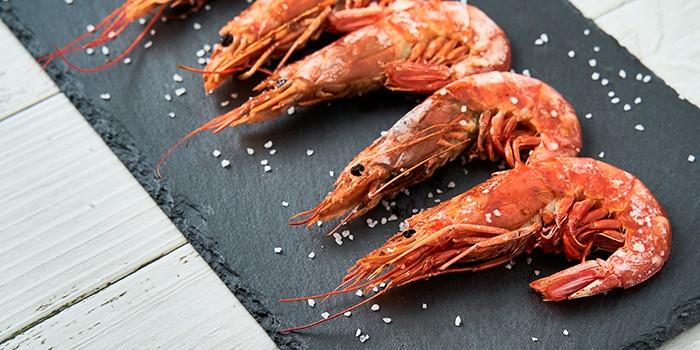
High in protein - containing all nine essential amino acids - and low in fat and calories, prawns are a staple protein to add to stir-fries, pasta dishes, and more. They are also a valuable source of the B vitamins, including vitamin B12 and folate, as well as some harder-to-get trace minerals, such as iodine, zinc and selenium.
super healthy Singapore noodles.
Whole eggs – including the yolk - are nutritionally rich and have one of the lowest energy-to-nutrient density ratios of any food. When you remove the nutrient-rich yolk from the egg, you are essentially left with the protein, which may be useful if you're following a particularly high-protein, low-calorie diet. You can use up the yolks in other recipes, or you can also find liquid egg whites or egg white powder.
which uses fewer yolks.
13. Squid
Squid is high in protein, a good source of omega-3, and low in fat and calories. A wholesome cooking method such as boiling, stewing or grilling will help to keep the calories lower. With a delicate taste, it complements sauces and spices well. Enjoy in salads, in fish soup, seafood spaghetti, or tossed in herbs, lemon juice and olive oil.
barbecued squid salad.
Pork can be a good inclusion in a low-calorie, high-protein diet, but it's necessary to choose lean cuts, such as pork tenderloin or pork loin chops, to keep the calorie count down. As with other meats, selecting a healthy cooking method will help reduce the overall calorie content of the meal.
for low-calorie, high-protein options.
There isn't any text to paraphrase. Please provide the text you'd like me to paraphrase.
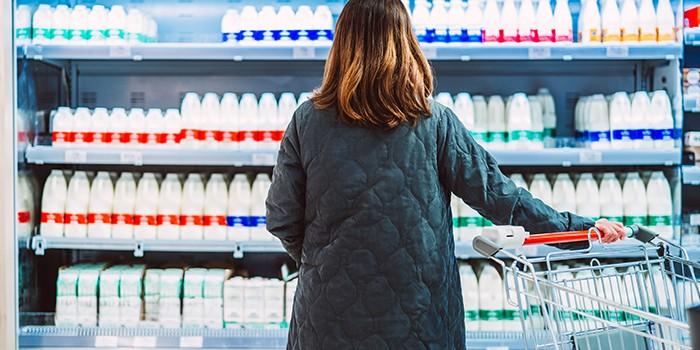
from other sources.
which milk is healthiest?
16. Edamame
Enjoy it simply in the pod sprinkled with sea salt, in stir-fries and salads, and as a complement to foods rich in vitamin C.
with edamame.
17. Green peas
Peas have one of the highest protein contents among vegetables. As well as being a good source of plant-based protein, they're also a good source of various vitamins and minerals, including vitamins A, B6, C and K, plus folate, magnesium, thiamin and manganese. A versatile vegetable, add peas to casseroles, salads and curries. Frozen peas are an especially convenient option – they need minimal preparation and you can add them straight from the freezer.
tofu steaks with chips.
18. Chickpeas
Budget-friendly, nutritious and versatile, chickpeas have rightfully taken their place on this list. A legume rich in vitamins, minerals and fibre, they are an excellent plant protein source for anyone following a diet that eschews meat. With a slightly nutty flavour and coarse, grainy texture, they make a good substitute for meat in curries and casseroles.
to have a try at a snack.
19. Low-calorie protein powder
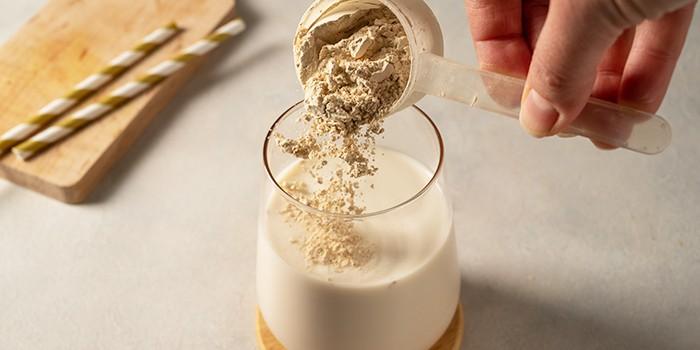
If you're keen to boost your protein intake without sacrificing calories and finding it challenging to consume high-protein foods daily, a low-calorie protein powder might be the answer. Blend it into a drink in line with the instructions on the packaging, or use it in recipes like pancakes or smoothies for an extra dose of protein.
best protein powders.
20. Spirulina
A blue-green algae responsible for spirulina's bright green colour is phycocyanin. Although spirulina doesn't match the protein content of dairy products or beans, a small serving provides 20 calories and 4g of protein, which can still help contribute to overall protein intake, particularly for those following a completely plant-based diet.
.
Read more...
Initially, use these foods as a starting point and experiment with different dishes and recipes to ensure a balanced diet.
What to eat before and after a workout
11 common weight-loss mistakes
Low-calorie recipes
What is a high-protein diet?
All health content on goodfood.com is provided solely for general information purposes and should not be viewed as a replacement for the guidance of your own doctor or any other health professional. If you have any concerns about your general health, you are advised to contact your local health care provider direct. For more details, please visit our website.
terms and conditions
for more information.
Download our app now and enjoy ad-free recipe access, meal planning tools, and exclusive podcasts and content.

Discover everyday cooking inspiration
Download our app
Follow this channel
Please join our mailing list
Visit our website
a











